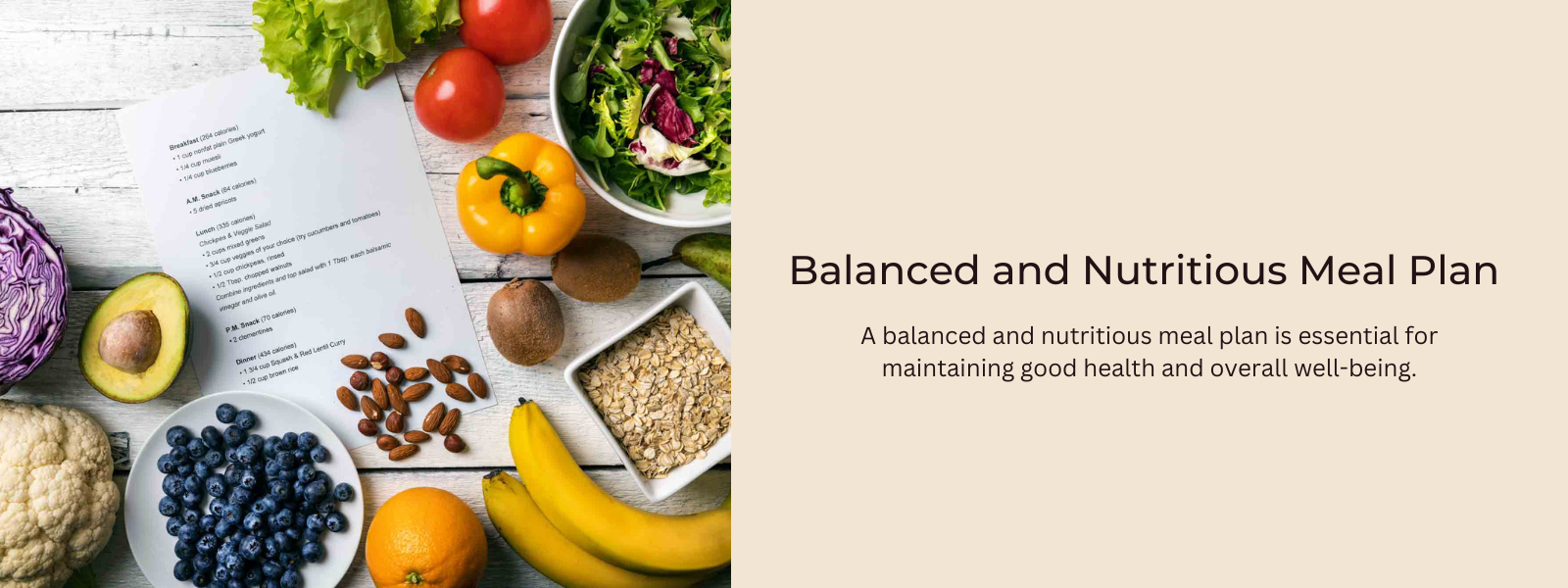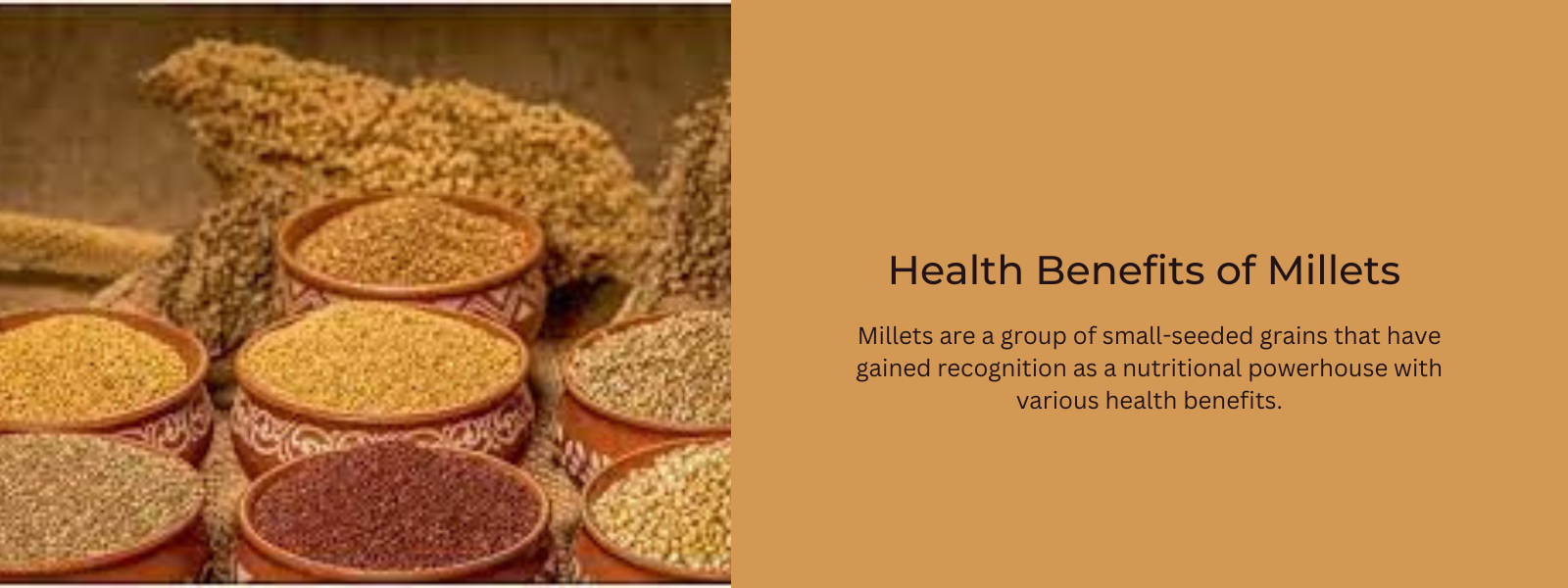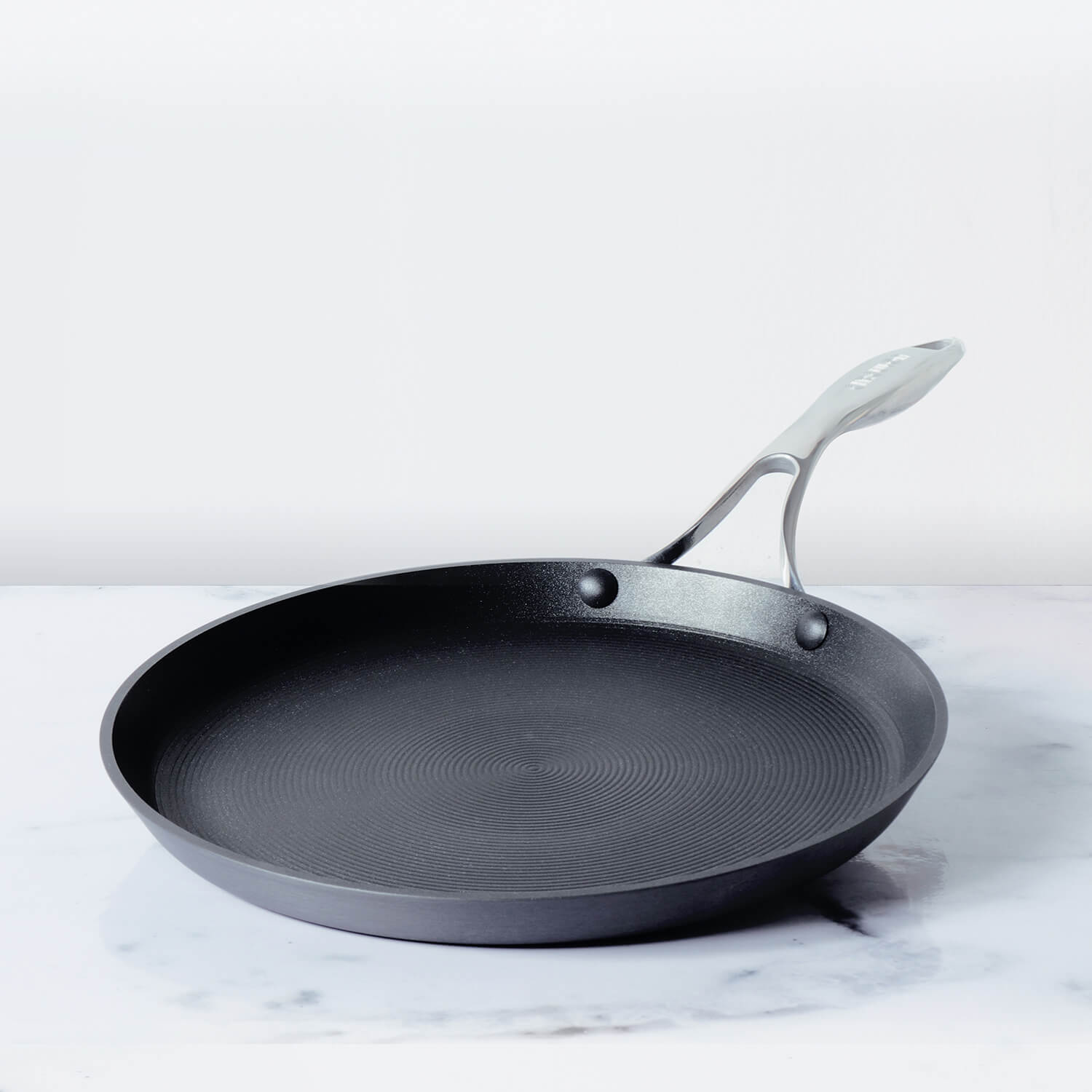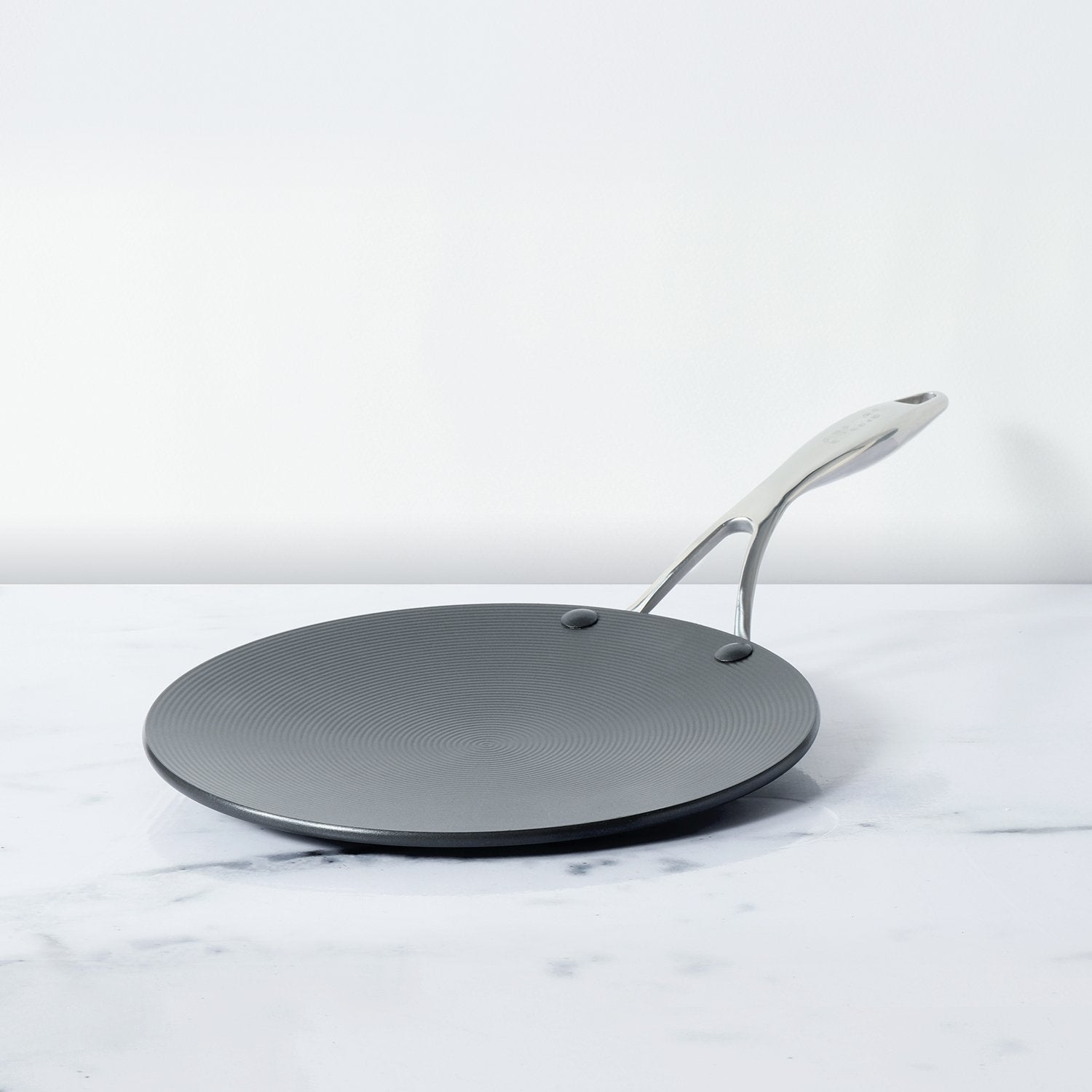Millets, such as pearl millet, foxtail millet, and finger millet, have a low glycemic index. This means they are digested and absorbed slowly, leading to a gradual rise in blood sugar levels. Consuming low-GI foods can help maintain stable blood sugar levels, reducing the risk of sudden spikes and crashes, thereby helping in diabetes management.
Table of Contents
The Role of Millets in Diabetes Management
Millets play a pivotal role in diabetes management due to their low glycemic index, high fiber content, and nutrient density. With a low glycemic index, millets are slowly digested, resulting in gradual blood sugar increases, which is beneficial for individuals with diabetes. The abundant dietary fiber in millets aids in stabilizing blood sugar levels and provides a sense of fullness, helping in portion control and weight management. These grains are nutrient-rich, supplying vital vitamins and minerals, supporting overall health. Additionally, millets, being naturally gluten-free, offer a safe alternative for those with gluten-related conditions often associated with diabetes. Their versatility in culinary applications ensures that individuals with diabetes can enjoy a diverse and balanced diet.
Why Is Millet Good For Diabetes Management?
Millet is a valuable grain for individuals with diabetes due to its numerous benefits. It has a low glycemic index, meaning it has a minimal impact on blood sugar levels. The high dietary fiber content in millets slows down the absorption of sugar, promoting stable blood glucose levels and reducing the risk of sudden spikes. Additionally, millets are nutrient-dense, providing essential vitamins and minerals. They are gluten-free, making them suitable for those with gluten sensitivities or celiac disease. Millets support weight management due to their fiber content and can be incorporated into a variety of dishes, adding versatility to a diabetic-friendly diet.
Which Food Should Diabetics Avoid?
Individuals with diabetes should avoid or limit certain types of food that can cause rapid spikes in blood sugar levels. These include sugary foods and beverages, such as sugary cereals, candy, soda, and pastries, as they can lead to sharp increases in blood glucose. Refined carbohydrates like white bread, pasta, and rice should be consumed in moderation, as they are quickly digested and can result in blood sugar spikes. High-fat, fried foods can be problematic as well, as they can affect insulin resistance. Processed and heavily salted foods may contribute to high blood pressure, a common concern for people with diabetes. It's important to minimize alcohol intake, as it can lead to fluctuations in blood sugar. While these foods should be limited, it's equally vital for individuals with diabetes to focus on a balanced diet that includes whole grains, lean proteins, plenty of vegetables, and controlled portion sizes to effectively manage their condition.
How Can Diabetics Include Millets In Their Diet?
Individuals with diabetes can enjoy millets as part of a balanced and diabetes-friendly diet. Here's how to incorporate millets into your meals:
- Portion Control: Like any other food, portion control is crucial. Millets are nutritious, but consuming them in moderation is important to manage blood sugar levels effectively.
- Diverse Preparations: Millets can be used in a variety of dishes, from porridge and upma to pilaf and roti. Experiment with different preparations to keep your meals interesting and varied.
- Balanced Meals: Pair millets with lean protein sources (e.g., chicken, fish, tofu), plenty of non-starchy vegetables, and healthy fats (e.g., avocados, olive oil) to create balanced meals. Balancing macronutrients helps control blood sugar.
- Fiber Focus: Millets are rich in dietary fiber, which can help stabilize blood sugar. Be mindful of your overall fiber intake and adjust it according to your dietary needs.
- Glycemic Load: While millets have a low glycemic index, it's essential to be aware of the glycemic load of the entire meal. Combining millets with high-fiber vegetables and protein can further reduce the impact on blood sugar.
- Limit Added Sugars: When incorporating millets into recipes, avoid adding excessive sugars or sweeteners. Opt for savory or sugar-free variations when possible.
-
Regular Monitoring: Continue to monitor your blood sugar levels as you introduce millets into your diet. This will help you understand how your body responds and make necessary adjustments.
Diabetics-Friendly Millet Recipes:
Here are some diabetes-friendly millet recipes that individuals with diabetes can enjoy:
1. Millet and Vegetable Upma:Ingredients: Foxtail millet, mixed vegetables (carrots, peas, bell peppers), onions, ginger, green chilies, and spices.
- Method: Cook millets and sauté vegetables with spices for a delicious and nutritious upma.
2. Millet Khichdi:
- Ingredients: Pearl millet, moong dal (split green gram), mixed vegetables, and spices.
- Method: Cook millets and lentils with vegetables, seasoned with mild spices, for a comforting khichdi.
3. Millet Salad:
- Ingredients: Finger millet (ragi) flour, cucumber, tomatoes, onions, and lemon juice.
- Method: Prepare a refreshing salad by mixing ragi flour with chopped vegetables and a dash of lemon juice.
4. Millet Pulao:
- Ingredients: Little millet, mixed vegetables, herbs, and spices.
- Method: Create a flavorful pulao by cooking millets with a medley of vegetables and aromatic spices.
5. Millet Roti or Flatbread:
- Ingredients: Any millet flour (like bajra or jowar), water, and a pinch of salt.
- Method: Mix millet flour with water and a pinch of salt to make a soft dough, then roll it into rotis or flatbreads and cook on a hot griddle.
6. Millet Porridge:
- Ingredients: Finger millet (ragi) flour, milk or water, and a sweetener (if needed).
- Method: Cook ragi flour with milk or water to create a creamy, nutritious porridge. Add a natural sweetener like honey or stevia if desired.
7. Millet Dosa:
- Ingredients: Foxtail millet and urad dal (black gram), with some fenugreek seeds.
- Method: Soak, grind, and ferment millets and urad dal to make a dosa batter. Cook thin dosas on a hot griddle.
8. Millet Soup:
- Ingredients: Any millet, mixed vegetables, and a flavorful broth.
- Method: Cook millets with vegetables in a savory broth to create a hearty and nutritious soup.











Leave a comment